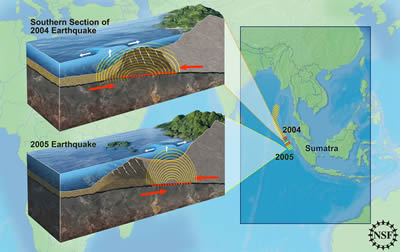The Sun
The Sun is the closest star to Earth and is the center of our solar system. A giant, spinning ball of very hot gas, the Sun is fueled by nuclear fusion reactions. The light from the Sun heats our planet and makes life possible. The Sun is also an active star that displays sunspots, solar flares, erupting prominences, and coronal mass ejections. These phenomena, which are all related to the Sun's magnetic field, impact our near-Earth space environment and determine our "space weather". In about five billion years, the Sun will evolve into a Red Giant, and eventually, a White Dwarf star. Many cultures have had interesting myths about the Sun, in recognition of its importance to life on Earth.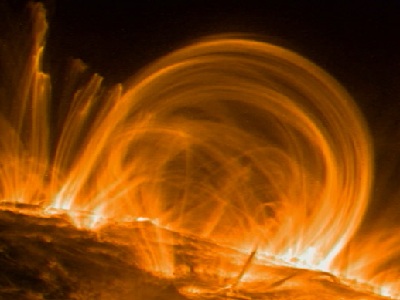
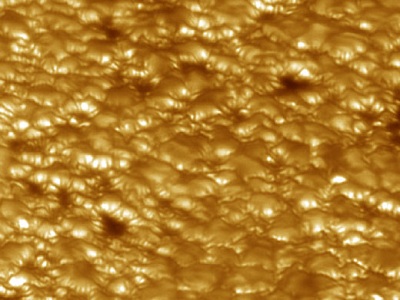
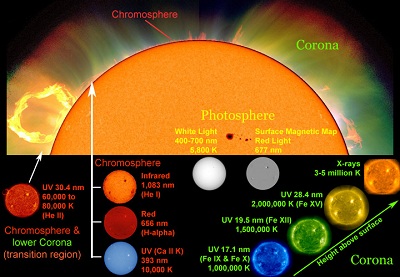
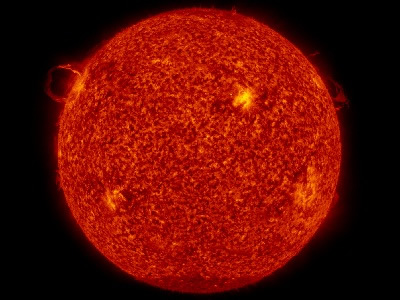
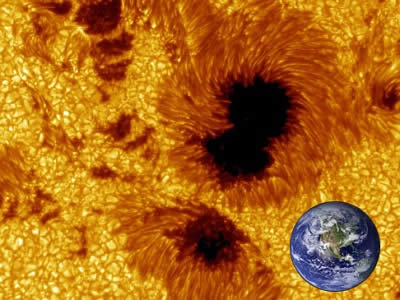
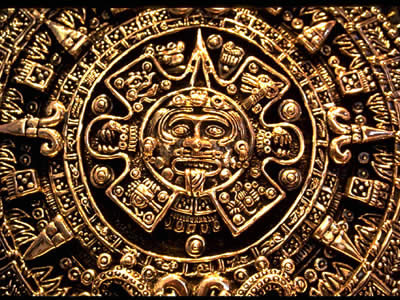
Please log in
Science Blogs
Real Climate: climate science from climate scientists

Windows to the Universe, a project of the National Earth Science Teachers Association, is sponsored in part is sponsored in part through grants from federal agencies (NASA and NOAA), and partnerships with affiliated organizations, including the American Geophysical Union, the Howard Hughes Medical Institute, the Earth System Information Partnership, the American Meteorological Society, the National Center for Science Education, and TERC. The American Geophysical Union and the American Geosciences Institute are Windows to the Universe Founding Partners. NESTA welcomes new Institutional Affiliates in support of our ongoing programs, as well as collaborations on new projects. Contact NESTA for more information.






